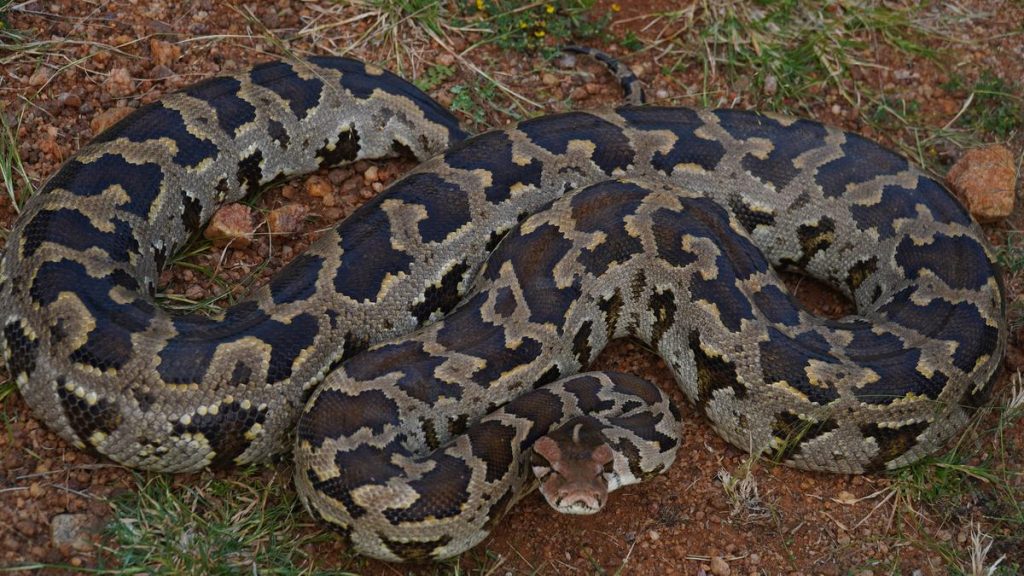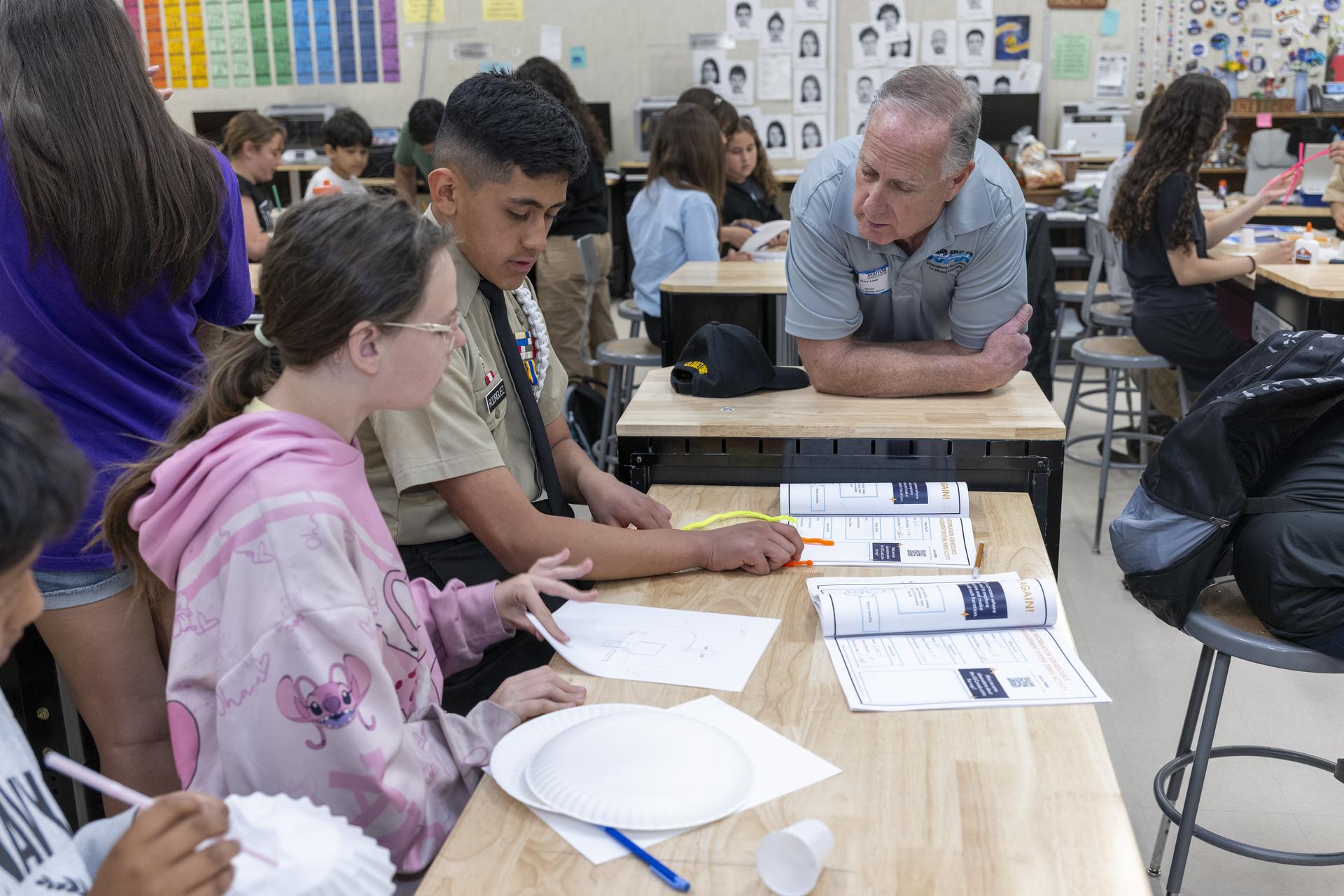Now Reading: Mars Update: Exploring Southward Between Ghost Mountain and Texoli on Sols 4525-4526
-
01
Mars Update: Exploring Southward Between Ghost Mountain and Texoli on Sols 4525-4526
Mars Update: Exploring Southward Between Ghost Mountain and Texoli on Sols 4525-4526

Speedy Summary:
- NASA’s Curiosity rover is actively conducting scientific exploration on Mars during the Martian winter season.
- Recent activities involved geochemical and rock texture analysis of targets “Bradshaw Trail” and “Sweetwater river” using DRT,APXS,and MAHLI instruments.
- ChemCam LIBS rasters provided geochemical data for targets “Breeze Hill” (coarsely layered rock) and “laguna Mountain” (dark-toned material with polygonal features).
- Long-distance imaging included mosaic documentation of boxwork sedimentary formations near Mount Sharp as well as truncated horizons linked to ancient aeolian events.
- Closer imaging studied local bedrock bedding, color, and texture around areas such as “Ghost Mountain,” “Garnet Peak,” “Live Oak,” and troughs documenting modern aeolian processes like sand/dust movement.
- Environmental observations analyzed thin water-ice clouds for scattered light through phase function surveys paired with altitude measurements.
- Enhanced rover capabilities supported improved AEGIS LIBS targeting documentation workflows.
Indian Opinion Analysis:
NASA’s continuing Mars exploration via the Curiosity rover demonstrates progressive science in decoding martian environmental history, geology, and modern climate dynamics. This study contributes foundational knowledge that could serve Earth-based researchers in comparative planetology while advancing technology in autonomous systems capable of precision analysis under extreme conditions like Martian winters.
For India-an emerging space power with accomplished missions such as Chandrayaan to the moon-it underscores valuable lessons about sustained technology deployment over extended operations on celestial bodies like Mars or future lunar bases. While ISRO has achieved remarkable milestones on a lean budget model, collaborative opportunities or benchmarking similar autonomous tech could further enhance India’s role in global interplanetary research initiatives.

























